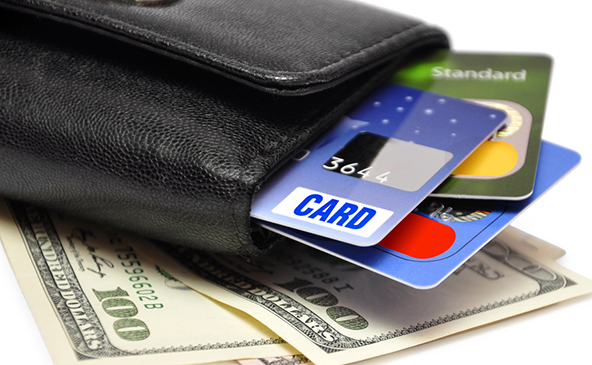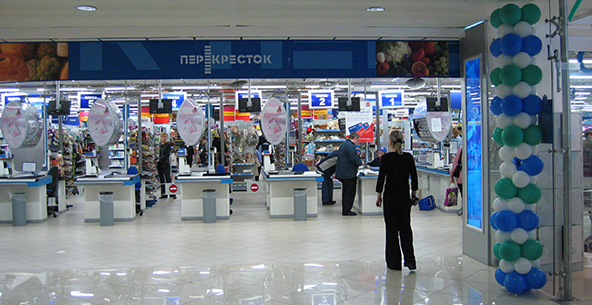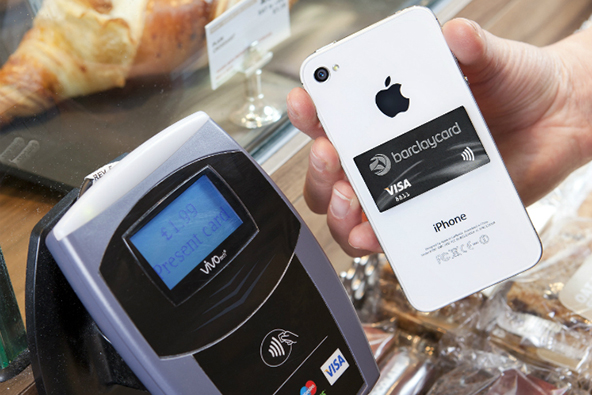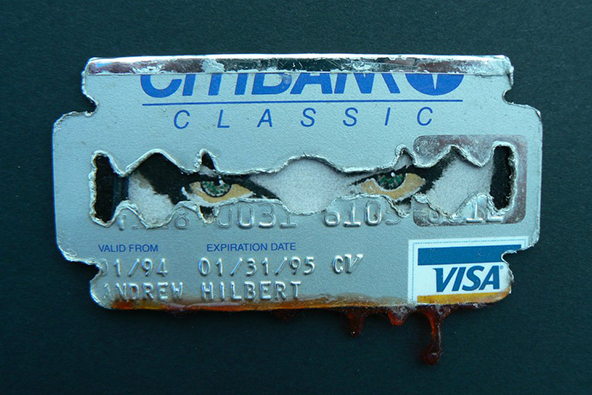How to Manage Chargebacks Resulting from Accepting Cards with Account Numbers on the Exception File

Visa uses chargeback Reason Code 70 to designate chargebacks resulting from processing transactions with credit card account numbers on the exception file. MasterCard does not have an equivalent reason code.
Chargeback Reason Code 70 is typically issued when the following two conditions are present:
- A card issuer receives a transaction that is below the merchant’s floor limit and
- The card account number is listed on Visa’s exception file.
Floor limit is the amount above which credit card transactions must be authorized before being processed. Floor limits are typically specified in merchant processing agreements. While merchants must request authorization for all transactions that are above their floor limit, they don’t have to do that for the ones below it. The floor limit is zero for all card-not-present transactions which means that they must always be authorized, regardless of the dollar amount. For example, if a brick-and-mortar store’s floor limit is $25.00, every purchase of $24.99 or less would not have to be authorized, while transactions of $25.00 or more would require authorization.
Visa defines its exception file as “A worldwide database of Visa lost / stolen cards and other accounts that issuing Members [Visa card issuers] have blocked and / or designated for special handling (e.g. pick-up, referral, automatic approval, etc.?áThis service is part of Visa STIP [Visa’s online authorization processing system that responds to merchants’ requests for transaction authorization when issuers are unable to respond or when they have chosen to let VISA process certain transactions on their behalf]. All authorization requests routed to STIP are checked against the VISA Exception File.” The exception file is part of every payment processor’s transaction processing system and it should be automatically be checked when a card is swiped.
What causes these chargebacks? A chargeback Reason Code 70 is typically issued when a merchant has processed a transaction that falls below its floor limit and either did not check the exception file or received a negative response.
How to manage chargebacks with Reason Code 70? Your response will depend on the transaction details and on the actions you have taken already.
- The exception file was checked. If you did check the exception file, inform your payment processor who should be able to check its transaction log to verify your claim.
- The transaction authorization was declined or not verified. If you did process a transaction, for which the issuer declined authorization or could not verify, there is no remedy and you should accept the chargeback. Do not process a credit at this time, as the chargeback has already performed this function.
How to prevent chargeback Reason Code 70? The following best practices will help you minimize such chargebacks:
- Check the exception file. You should always check the exception file before completing transactions that are below your floor limit. Most POS terminals and payment gateways check the exception file automatically when the card is swiped. If the transaction is not approved, you will get a “Call Center” response and you should do a voice authorization.
- The card reader is down or the card’s magnetic stripe is damaged. In such cases you should make a voice authorization request. If your request is approved, write the approval code on the sales receipt and make an imprint of the card on the sales receipt as well.
If unsure, confirm with your processing bank that their transaction processing system automatically checks the exception file for all transactions that are below your floor limit.
Image credit: Appsmylife.


